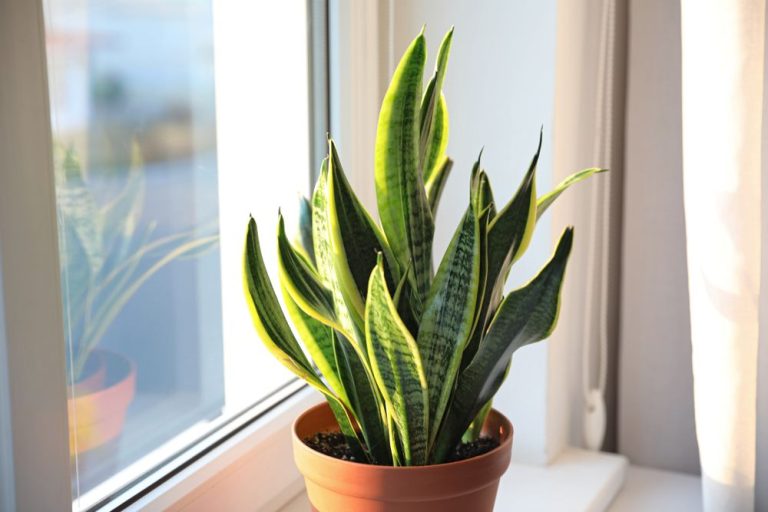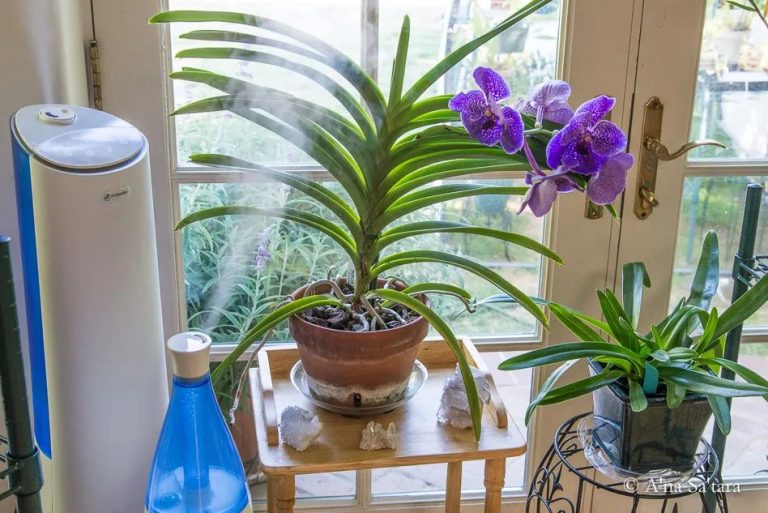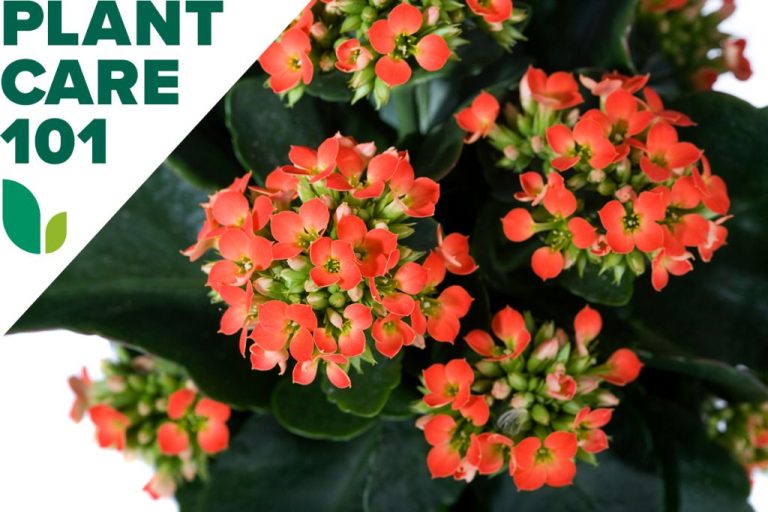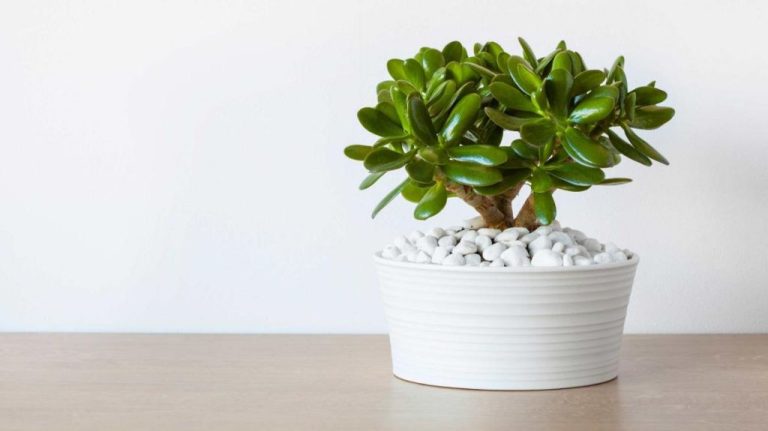How To Care For Your Pothos Plant: Tips And Tricks
Choosing the Right Pot
When choosing a pot for your pothos plant, three key factors to consider are pot size, material, and drainage holes.
Pothos prefer a pot that is a couple inches larger than their root ball. Going too big with the pot size can lead to issues with overwatering and root rot. Standard 4-6 inch pots work well for most varieties. For vigorous growers, 8-10 inch pots allow more room for roots and foliage growth Source.
In terms of material, plastic, terracotta, and fabric pots all make good choices. Plastic provides an affordable and durable option. Terracotta pots allow more air flow to the roots, while fabric pots provide excellent drainage and aeration. Avoid glass or decorative pots without drainage holes Source.
Make sure whichever pot you choose has adequate drainage holes in the bottom. Pothos need a pot that allows excess water to drain away readily. A pot with several generous holes helps prevent soggy soil and root rot.
Best Soil for Pothos
Pothos thrive in a well-aerated, loose, and fast-draining soil. The ideal soil mix should retain some moisture but also allow excess water to drain away readily to prevent root rot.
A general recommendation is to use a mixture of 2 parts peat moss or coco coir, 2 parts perlite or vermiculite, and 1 part potting soil or compost. The peat moss helps retain moisture while the perlite/vermiculite provides drainage and aeration.1
You can also add small amounts of orchid bark or horticultural charcoal to improve drainage. Avoid heavy potting mixes that stay soggy for too long. Test different ratios to find the right balance of moisture retention and airflow for your specific conditions.
While specially formulated “indoor plant” or “African violet” mixes work well, you can easily create a suitable pothos potting mix yourself using peat moss, perlite, vermiculite and compost.2
Ideal Light Conditions
Pothos plants thrive in bright, indirect sunlight. The ideal light conditions would be placing your pothos near a north or east facing window where it can get plenty of bright, indirect light during the day. According to The Sill, “Pothos plants thrive in bright, indirect light, but they can tolerate medium to low indirect light, for instance, in offices and darker corners.”
Pothos typically require at least 9 hours of sunlight per day to really thrive. While they can survive in lower light conditions, their growth will slow. As noted by A-Z Animals, “Pothos typically requires nine or more hours per day of sunlight to thrive.” So aim to provide as much bright, indirect light as possible each day.
Too much direct sunlight can scorch the leaves, so filtering the light through a sheer curtain is recommended. Rotate the plant periodically so all sides get adequate light exposure. The variegated varieties need a bit more light to maintain the white coloration on the leaves.
Watering Requirements
Pothos prefer their soil to dry out slightly between waterings. Allow the top inch or two of soil to become dry to the touch before watering again. This usually translates to watering about once every 1-2 weeks.
There are a few signs that can help you determine if you are under or overwatering your pothos:
- If the leaves start to yellow and droop, the plant is likely being underwatered. Give the plant a good soak and allow the soil to fully drain.
- If the leaves are wilting but the soil is still damp, the plant is likely being overwatered. Allow the soil to fully dry out before watering again.
- Brown leaf tips can also indicate overwatering. Cut back on watering frequency.
- If new growth is small and stunted, increase watering frequency.
In general, it’s better to underwater than overwater pothos. They can tolerate short periods of drought better than being constantly wet.
You may need to adjust watering frequency based on factors like light exposure, temperature, humidity, soil type, and pot size. Pothos in brighter light or smaller pots may need more frequent watering. Those in low light or larger pots can go longer between waterings.
Get to know your plant’s needs and look for signals that it needs more or less water. With a little practice, you’ll get a feel for the optimal watering schedule.
Humidity Levels
Pothos prefer moderate humidity levels between 50-70%[1][2]. This mimics the tropical environments they originate from. While pothos can tolerate normal indoor humidity, providing some extra moisture will help them thrive.
There are a few ways to increase humidity around your pothos:
- Mist the leaves occasionally with a spray bottle. This boosts moisture levels temporarily.
- Use a pebble tray filled with water. Place the pot on top of the pebbles. As the water evaporates, it humidifies the surrounding air.
- Grow pothos in a bathroom or kitchen where humidity levels tend to be higher.

With increased humidity, you’ll notice larger leaves, vigorous growth, and a bushier appearance in your pothos.
Fertilizing Recommendations
Like most houseplants, pothos will benefit from the occasional fertilizer application during the growing season. This helps provide key nutrients that may be lacking in your potting soil mix.
The best approach is to use a diluted liquid fertilizer every 2-4 weeks from spring through summer. Look for a balanced fertilizer that provides micro and macronutrients. Follow the label instructions for proper dilution rates.
Avoid over-fertilizing pothos, as this can burn the leaves and cause root damage. It’s better to under-fertilize than overdo it.
Signs that your pothos may need more fertilizer include:
- Slow or stunted growth
- Pale leaves
- Smaller than normal leaves
- Yellowing on new growth
If you notice any of these issues, try giving your plant a feeding with fertilizer to provide it with nutrients. This should help green up the foliage and spur new growth.
Pruning and Training
Pruning a pothos plant helps promote bushiness and fullness. Frequent pruning redirects the plant’s energy into producing new shoots and leaves rather than extending long vines. For the fullest look, prune back leggy stems by up to two-thirds their length (source).
Pothos can also be trained to climb up a moss pole or trellis. To encourage climbing, prune back any stems not oriented towards the support. Tuck stems against the moss pole and use plant ties or clips to secure in place (source). Prune away any excess length so foliage remains full against the support.
In addition to strategic pruning, regularly remove any dead or damaged leaves and stems to maintain an attractive appearance.
Repotting Guidelines
Pothos plants generally need to be repotted every 2-3 years during springtime. Repotting your pothos allows the roots to spread into fresh soil and gives the plant room to grow. According to The Spruce, the best months for repotting pothos are spring and summer. Avoid repotting in fall and winter, when pothos plants become dormant.
When repotting your pothos, first gently remove it from its current pot and loosen any tightly packed roots around the edges and bottom with your fingers or a blunt tool like a chopstick. Prune away any dead or damaged roots. Choose a pot 1-2 inches larger than the current pot and make sure it has drainage holes. Use a well-draining potting mix suitable for indoor plants. Place a little soil in the bottom of the new pot and set the pothos inside. Fill around the roots with more soil, leaving about an inch at the top. Water thoroughly after repotting.
Repotting allows you to inspect the roots and prune any that are dead or damaged. It also gives you a chance to gently tease apart any that are tightly packed or tangled. This encourages healthy new root growth. Follow the repotting guidelines to keep your pothos thriving for years to come.
Pest and Disease Management
Pothos plants can be susceptible to a few common houseplant pests and diseases. Being aware of potential issues and taking preventative measures is key to keeping your pothos healthy.
Mealybugs are soft-bodied insects that suck sap from the leaves, leaving them yellowed and stunted. They appear as small white fuzzy spots on the leaves and stems. To control mealybugs, isolate affected plants and wipe them off with a cotton swab dipped in rubbing alcohol or insecticidal soap. Be sure to check in leaf axils and undersides where they like to hide.
Fungus gnats are tiny flying insects that thrive in damp soil. Their larvae feed on roots, which can cause stunted growth. Allow the top inch of soil to dry out between waterings, and place yellow sticky traps near plants to monitor and catch adults. You can also mix a lightweight layer of sand over the soil, which deters egg-laying. For heavy infestations, use Bacillus thuringiensis or mosquito bits to kill larvae.
Root rot can occur if soils remain too wet for too long. Signs include yellow, wilting leaves and stunted growth. Let the soil dry out completely between waterings and make sure the pot has drainage holes. Discard any severely affected roots and repot in fresh, well-draining soil.
Propagation Techniques
Pothos plants are among the easiest houseplants to propagate. There are a few different methods you can use to propagate new pothos plants from cuttings of an existing plant.
The most common propagation method is taking stem cuttings or leaf cuttings and rooting them in either water or soil. To take a stem cutting, use sharp, sterilized pruners or scissors to cut a stem right below a node (where a leaf meets the stem). The cutting should have 2-3 nodes on it [1].
For leaf cuttings, gently twist and pull the leaf off of the stem. Make sure the leaf stem where it attached to the vine remains intact. Place the cuttings in jars of water or in potting mix, making sure the node areas are covered by the water/soil. Roots will begin to sprout from the nodes within a few weeks. Once the cuttings have developed a solid root system, they can be transplanted into soil as new plants.






